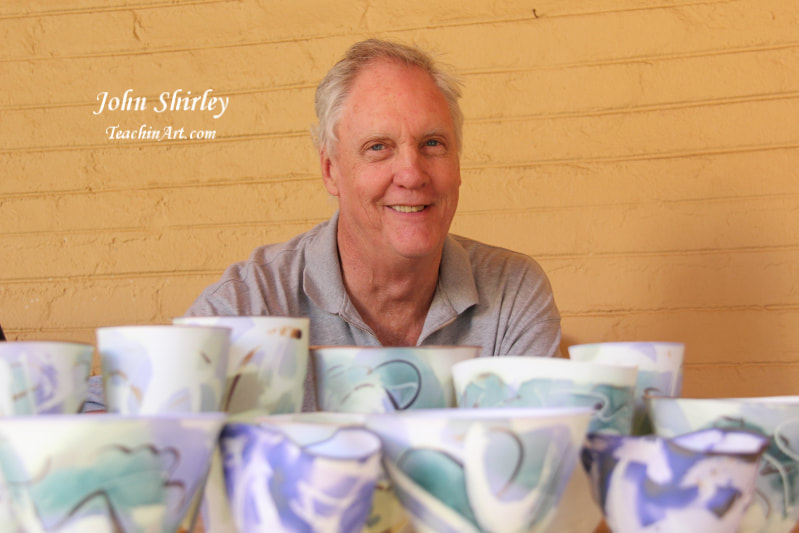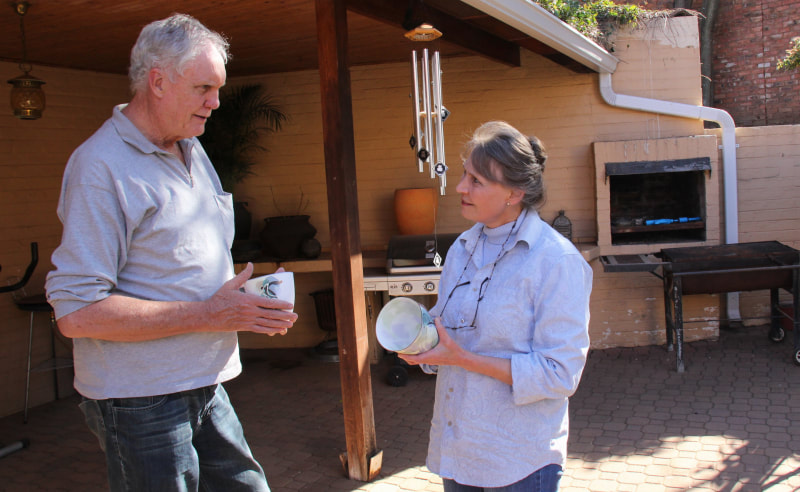|
John Shirley is a ceramic artist from South Africa, who was selected as a member of the International Academy of Ceramics in 2010. Here is John in his own words.
The body has a high shrinkage and a tendency to warp in the firing and although I have tried several ways to stabilize the body in the firing with various setters, I now accept the gentle warping produced by the firing as a part of the process. Choosing to work with bone china for my work is I feel something that has worked really well for me and the work I produce with this body is quite different to any work I would have produced using the porcelain body I was using before. Links:
Tags:
#SouthAfricanartist #bonechina #JohnShirley #translucentporcelain #IAC
3 Comments
4/12/2022 12:16:31 am
Excellent information on your blog, thank you for taking the time to share with us.
Reply
Titania Henderson
10/31/2022 11:36:54 pm
Hi John,
Reply
7/3/2023 08:51:40 pm
If you are not glazing the only possible reason you might want to fire twice is some people do a low bisque instead of the traditional high bisque first so that they can polish it well with sandpaper or diamond pads. You can do that after the high bisque to 1250 or 1260C as well it is just harder to do. I personally high bisque to 1260C with a 3 hour hold and then polish with diamond pads. I use paperclay bone china, so it is much stronger at bone dry and allows me to do some polishing and carving then, and handle it in general more safely, and it also helps reduce the number of cracks and warpage. I also use setters to help reduce warping, unless I want to have some gentle warping to enhance the sculpture. You can use props using clay or soft insulating bricks to help with the high bisque to keep areas from warping since there is no glaze.
Reply
Your comment will be posted after it is approved.
Leave a Reply. |
AuthorTeachinArt is an online art school with professional artists as instructors who educate, enridge and promote art. Categories
All
|



 RSS Feed
RSS Feed